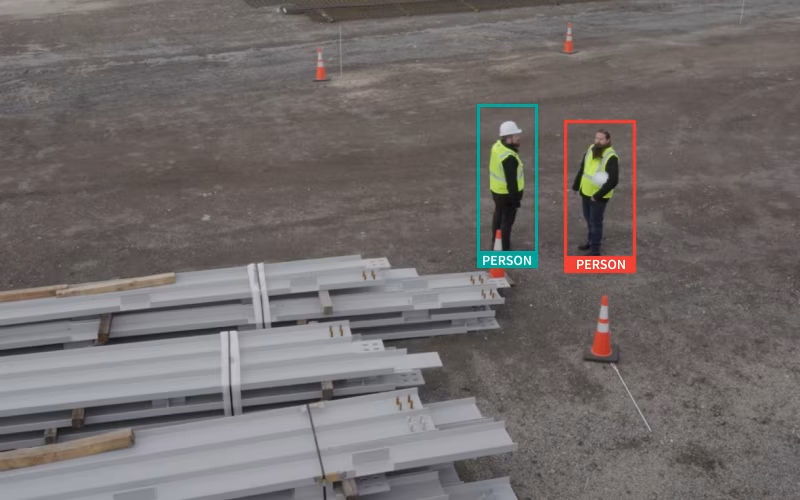Pushout Theft—What Is It and Can It Be Prevented?

Pushout theft is a type of organized retail crime that is gaining popularity across the United States. But what is it and can it be stopped?
At warehouse style stores, an employee checks your receipt before you push your flatbed cart full of toilet paper and rotisserie chickens out to the parking lot. Have you ever wondered why those employees are there? Why pay a full-time employee to glance at what is buried under all of the bulk purchases, mark the receipt with a Sharpie, and then send you on your way?
The main purpose of the receipt checkers is to make sure you were charged correctly. They want to have a final check on their cashiers to ensure that you weren’t under or over charged. However, these receipt checkers also act as a final deterrent against shoplifting and pushout theft, even if it’s not in their actual job description.
Shoplifting and Pushout Theft
Shoplifting is a constant problem for retailers and an expensive one. In fact, according to the National Retail Federation (NRF), losses from shoplifting and other shrink totaled more than $61 billion in 2019.
One kind type that is gaining traction is pushout theft. This is when thieves pile a large amount of expensive merchandise in a cart and then walk out with it. While this method isn’t very creative, it can create huge losses for retailers. In fact, the average loss from pushout theft is $1,342.
Pushout thieves often go right out the front door. They walk with confidence and try to blend in with paying customers. They also target other exits including back doors and emergency exits. The thieves assume they can get away before any action is taken to stop them. However, simple deterrents can help prevent it.
Preventing Pushout Theft
Install Anti-Theft Systems
Small things like security tags, cart locking systems, and alarms can deter criminals. While a determined thief can still beat these systems, they still delay and draw attention to the criminal. This can be enough to prevent many shoplifters or pushout thieves from succeeding when they leave the store.
For example, electronic article surveillance (EAS) tags and antennas are used by 46% of retailers. These can vary from bigger plastic tags that must be removed at the register, to small stickers that are deactivated at checkout. When an item with an active EAS tag passes through the antenna (typically stationed by the exits) an alarm sounds. This is a simple way to deter thefts without overly inconveniencing paying customers.
Add Store Greeters, Receipt Checkers, and Loss Prevention Employees
Having store greeters at the entrance and exit of the store reduces shoplifting and other incidents. For example, two Wal-Marts in Arlington, Texas decreased calls to the police by 40% just by checking customers’ receipts. Like visible cameras, greeters increase the “I’m being watched” sensation in would-be thieves. They add a human element to the store which immediately signals any bad actors that they will have a harder time getting away with any theft.
Set Up Cameras
Traditional security cameras are stationed in the corners, hidden in the shadows. However, covert security misses the benefit of deterrence. Visible cameras, like those from LiveView Technologies (LVT), are a strong deterrent to thieves. In fact, one national retailer reduced reduced grab-and-go theft by 69% just by placing our units in their parking lots. Criminals don’t like to be seen, which is exactly what overt security cameras do.
Pushout thieves assume they won’t be noticed or that the response will be too slow to stop them as they walk out the door with a cart full of merchandise. Even with security measures, they may find a way to do just that. However, cameras don’t lie and are harder for criminals to tamper with or fool.
LVT cameras meticulously log events and footage that is easy to access. Furthermore, it is quick. Clients can set up alerts and log in instantly to a live feed. Furthermore, our units are completely mobile. This means they don’t need hardwired power or internet and can be stationed anywhere on the property, including in view of the front door, in the back alley, over emergency exits, making it harder for pushout thieves to get away clean.
If you would like to learn more about how LVT cameras can help retailers, check out our retail use case doc.

.avif)

